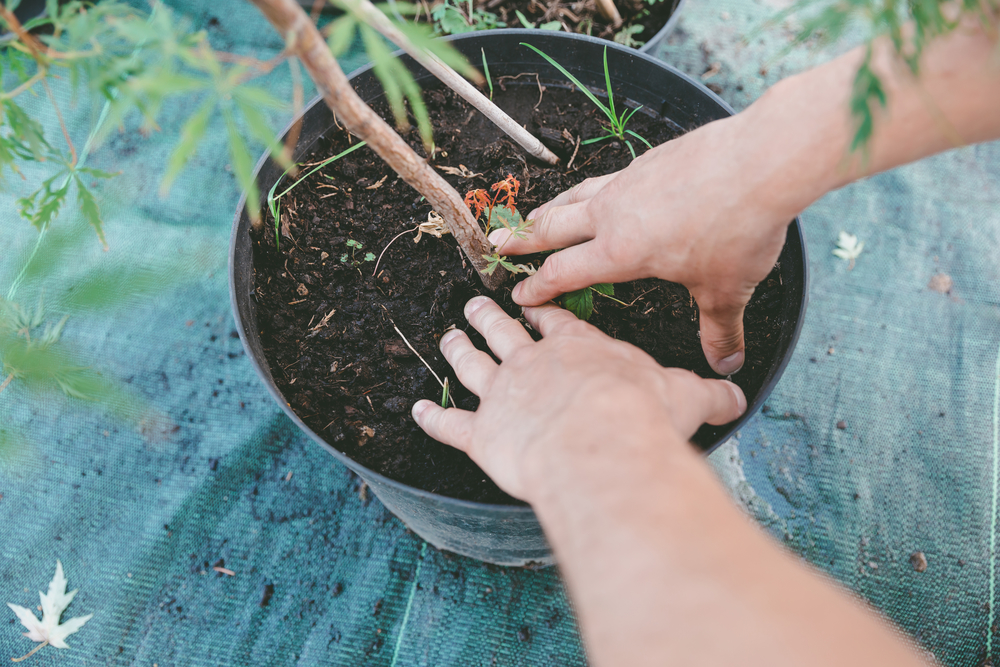

Take a walk outside. Breathe in the smell of fresh air. Now, take a look around at some of the plants. Have you ever wondered how they got there? Believe it or not, not all of them grew straight out of the earth. Some of them were shipped! This guide talks about how to correctly ship live plants and vegetation with the US Postal Service, and the special procedures you’ll need to follow. Fortunately, the whole thing is pretty easy. Let’s dig into it!
Is Your Plant Endangered or Protected?
First thing first: you’ll need to find out if you can even ship your plant to begin with. If your plant is endangered or protected, you can’t ship it! Some examples of endangered plants include the Baja rose, the Santa Inez goldenbanner, and the Yreka phlox.
You can find out if your plant is endangered or protected by searching for it in this United States Department of Agriculture database.
The Parcel Needs to Identify that Live Plants and Vegetation Are Inside
If your plant is able to be shipped, one of the most important things you’ll need to do next is mark that the parcel contains a plant inside of it. USPS requires that any parcels containing plants must be properly marked, due to the Terminal Inspection Act of 1916. Luckily, you don’t necessarily need to order any special stickers, such as the case for shipping ORM-D materials. You can just use a marker to write on your box that the package contains plants. Easy enough!
Properly Preparing Your Plants for Shipment
When you ship live plants and vegetation, the key is packaging them properly to ensure they survive the journey. USPS always requires waterproof material, such as waxed Kraft paper, to maintain moisture in the plant’s roots. This will also protect your parcel from leakage during transit. However, every plant is different, and you’ll need to package each one according to what it needs. For example, thorny plants such as cacti require you to wrap them in puncture-proof paper.
As a general checklist to follow when shipping plants, here are some simple steps below:
- Slightly dampen several sheets of newspaper or packing paper
- Fold the papers in half and place the plant so the roots and stem are at the center (if your plant has foliage, make sure you place the foliage outside the edge of the paper)
- Gently roll the paper around the roots
- Cover the bottom of the plants with waterproof waxed Kraft paper to contain the moisture in the roots (don’t seal the paper—remember, your plants need to absorb carbon dioxide in the atmosphere to survive)
- Wrap the entire plant in at least two large plastic grocery bags to protect the plant and prevent moisture damage to your box
- Place the plant inside a new corrugated cardboard box (make sure you choose a box that fits your plant the best, but also doesn’t constrict it too much)
- We suggest including a note inside the package that tells your recipient what type of plant it is and how to properly care for it (paper will get soggy with the plant’s moisture, so laminating the note is always a good idea)
- Mark that the package contains plants inside
- Ship it out as soon as possible!
Which USPS Mail Class Should I Use?
The USPS mail class you choose to ship your plants will depend on how much your plant weighs, and how quickly you want it to arrive. Generally speaking, since a lot of plants weigh less than 16 ounces, First Class Package will be the most popular way to send them. This service will be the cheapest option, and will also see the plant arriving within an estimated 1-3 business days. If your package weighs more than 16 ounces, Priority Mail will be the standard choice (sometimes this is the case if you end up including soil).
While certain plants such as desert vegetation and succulents don’t need a ton of water to survive, other plants aren’t the same. Therefore, sometimes you’ll want your plant to get to its destination as quickly as possible. In this case, Priority Mail Express will be the best service. Priority Mail Express will cost you quite a bit more money, but the Postal Service guarantees delivery within 1 day (2 days if the parcel is going to a rural area).
Pro Tip: When you use shipping software to buy postage online, the cheapest shipping service will automatically be selected for you! Just make sure you enter your box’s total weight and dimensions correctly, or else the USPS Automated Package Verification system will charge you for additional postage.
You May Not Be Eligible for Insurance
One thing to keep in mind when shipping plants is that you may not be eligible to purchase shipping insurance through your shipping software provider, or through your carrier. All carriers and insurance companies classify plants as “perishables,” and therefore, won’t include plants in their coverage.
Pay Attention to Individual State Guidelines
Keep in mind that certain states have restrictions on importing certain types of plants. For example, you can’t ship citrus plants to California from any other state in the country. You also can’t ship the Mauna Loa plant or fresh flowers of jade vine from Hawaii to the United States mainland or Alaska. Therefore, we suggest doing your research beforehand. A quick Google search of your plant and the state you’re shipping to should do the trick!
Most Countries Also Have Restrictions on Importing Plants
If you plan on shipping a plant internationally, this is where it gets slightly more complicated. Some countries have certain restrictions on the plants they allow to be imported. For example, the United Kingdom requires an import permit for any plants that enter the country. So, you’ll need to research the individual country’s guidelines that you intend on shipping your plant to before you purchase any postage. You can find a list of individual countries and their import restrictions on USPS’ website.


marion crawford
I appreciate it that you made the instructions simple . Thanks
Elsie
[Pssst, you said the plants need oxygen. Pretty sure they need Carbon Dioxide and give off O2 🙂 ]
Sherie
Hahahaha they must be the ones cutting down Forrest’s bc they don’t realize trees produce o2 and without trees we don’t exist lol
Henry
Plants do need oxygen.
https://www.rhs.org.uk/advice/understanding-plants/how-plants-breathe
Inga
Thank you. That is exactly what I was looking for.
Swathi
This was very helpful. Thank you so much!!!